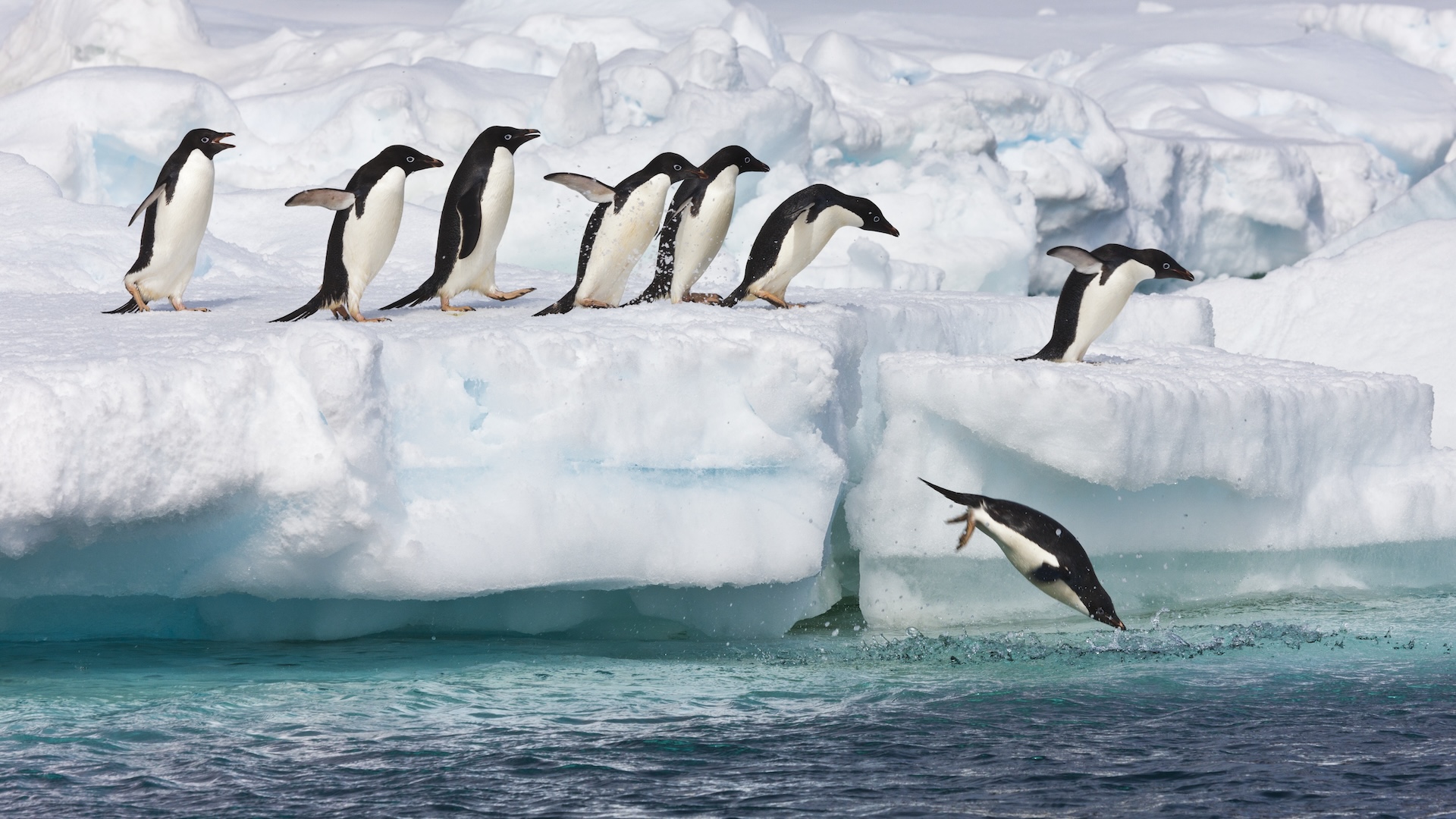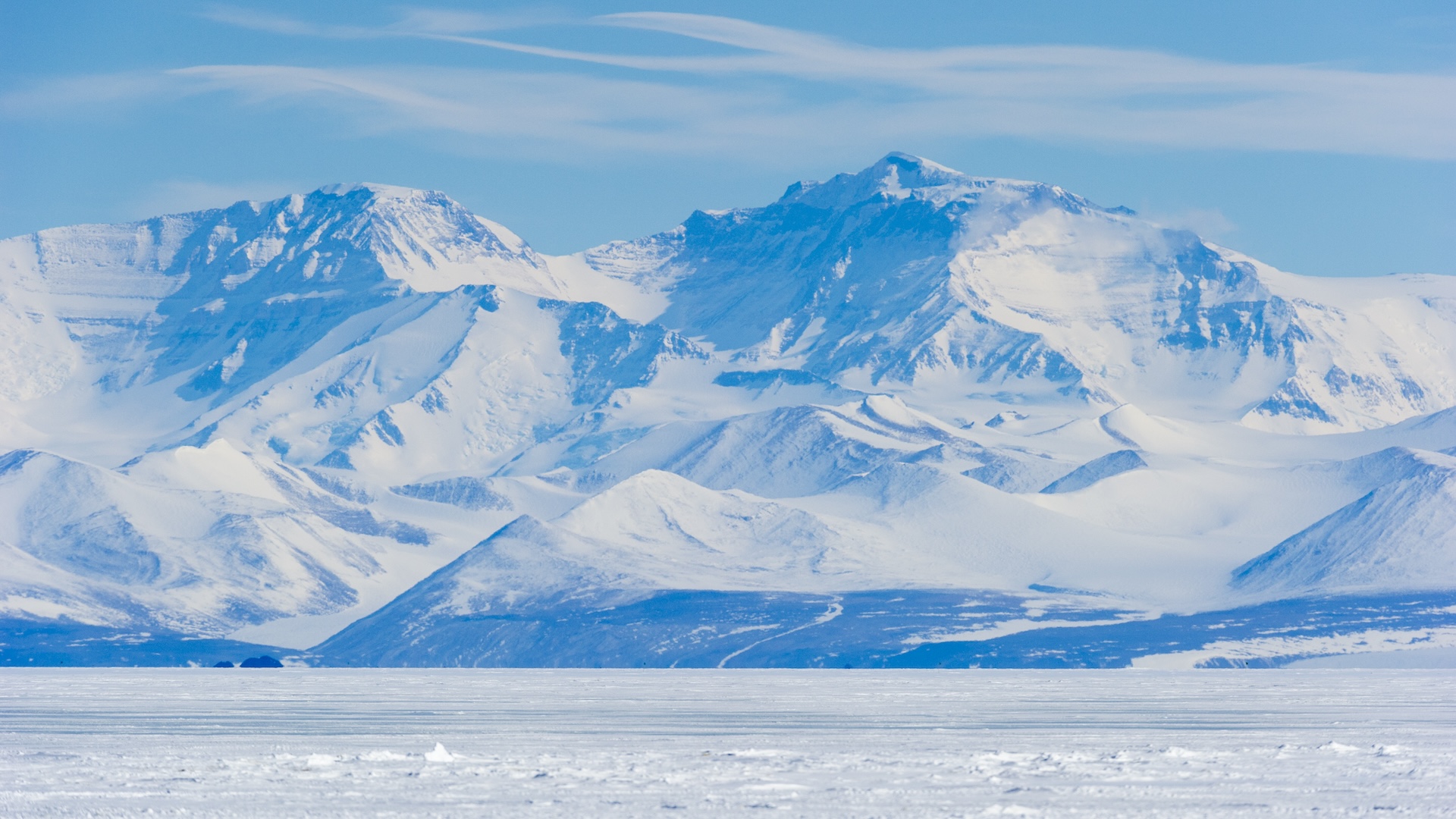What's hiding under Antarctica's ice?
Antarctica is the fifth-largest continent by size, so what's hiding under its massive sheaths of ice?

From above, Antarctica might seem like a cold, flat and desolate landscape — and it certainly is. But beneath the ice sheet lies an entire hidden world: Scientists have discovered diverse biomes, hidden rivers and lakes, mountains and valleys, primordial bacteria, and even the remnants of ancient ecosystems.
Almost 90% of Antarctica's land is covered in a thick layer of ice — around 1.3 miles (2.2 kilometers) deep, on average — and it's been that way for around 34 million years. Yet researchers have only scratched the surface of what lies under the mysterious continent.
"It's so exciting to dive into these past worlds and to understand how this continent evolved over time, and what that means," Johann Klages, a sedimentologist at the Alfred Wegener Institute of Germany who studies climate history in Antarctica, told Live Science. "What does it tell us about our own existence on this planet?"
In his research, for instance, Klages discovered the first amber fossil ever found in Antarctica — a remnant of the ancient temperate rainforest that covered the continent over 90 million years ago. Klages believes there's likely more amber to be found in future expeditions, too.
Antarctica is also home to over 400 subglacial lakes. The largest, Lake Vostok, lies under 2.5 miles (4 km) of ice near Russia's Vostok Station. "And what's in there? Probably microbes," Klages said. "But also," because of the immense pressure of the ice, "probably life that isn't found anywhere else on Earth."
Related: Will Antarctica ever be habitable?
A complex system of rivers funnels water in and out of those lakes, according to research led by Christine Dow, a glaciologist at the University of Waterloo in Canada who has used radar imaging to see what lies beneath the ice's surface.
Get the world’s most fascinating discoveries delivered straight to your inbox.
If you're having a hard time picturing an entire body of water underneath an ice sheet, just think of a river you would see flowing into a lake and toward the ocean — "but then you just add on 4 kilometers [2.5 miles] of ice on top," Dow explained. That ice makes the water behave a bit strangely. "You can actually have water flowing uphill underneath the Antarctic ice," she told Live Science. "It's not as defined by gravity."
A lot of what lies under the ice is not as exciting, however. "The vast majority of what's underneath the ice is just rock," Klages said. "It's just crystalline bedrock, crystalline basement, granite."

One of the most important elements is the very large planes of soggy sediment beneath some parts of the ice, Dow said. "Those are the areas that are flowing really fast into the ocean, because essentially the ice is just floating on top of this slurry of wet sediment," she explained. "It's not as aesthetic-sounding as the mountains and the valleys, but it's very important for understanding how the ice is behaving."
Knowing what's going on underneath the ice sheet is important for predicting what will happen when it melts, according to Dow and Klages.
There are entire areas of the Antarctic, like much of West Antarctica, that are below sea level because of the thickness of the ice sheet. "There's no ocean there right now, because the ice is taking up all of the space," Dow said.
If you imagine that the ice is in a bowl, it's currently right at the rim. But once the ice starts to retreat, it will move back into the bowl. And because ice is less dense than water, it will become more buoyant. At that point, the ice is "floating like a giant ice cube," Dow said.
Once all of the area below sea level becomes filled by the ocean, the ice will become more unstable and will break up, contributing even more to sea-level rise. "So the moment when that ice starts retreating from the rim is really critical," Dow said. "And we're at that point right now.
"It's a pretty unstable place, the Antarctic," she added. "It's beautiful, it's vast, it's mysterious — but it's also really dangerous."
Antarctica quiz: Test your knowledge on Earth's frozen continent

Sara Hashemi is a journalist and fact-checker covering environmental justice, climate and the intersection between science and society. Her work has appeared in Sierra, Smithsonian Magazine, Maisonneuve and more. She has a master's degree in science journalism from NYU.
You must confirm your public display name before commenting
Please logout and then login again, you will then be prompted to enter your display name.



